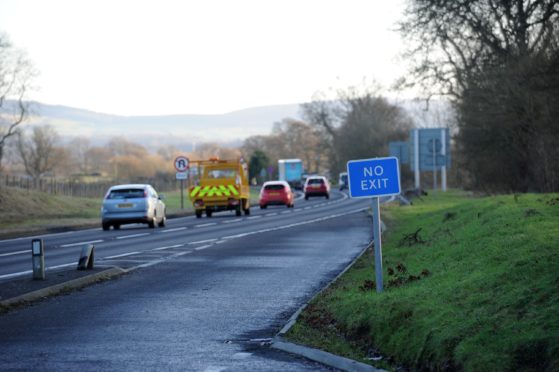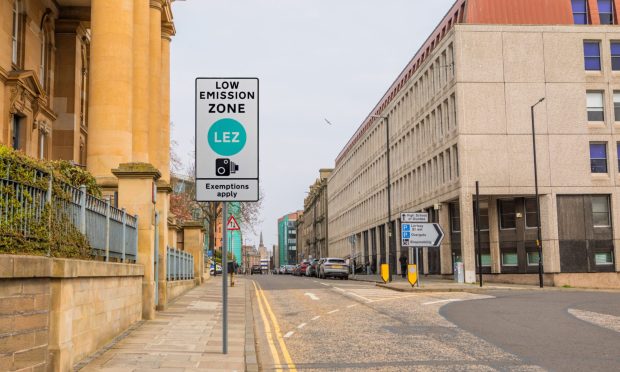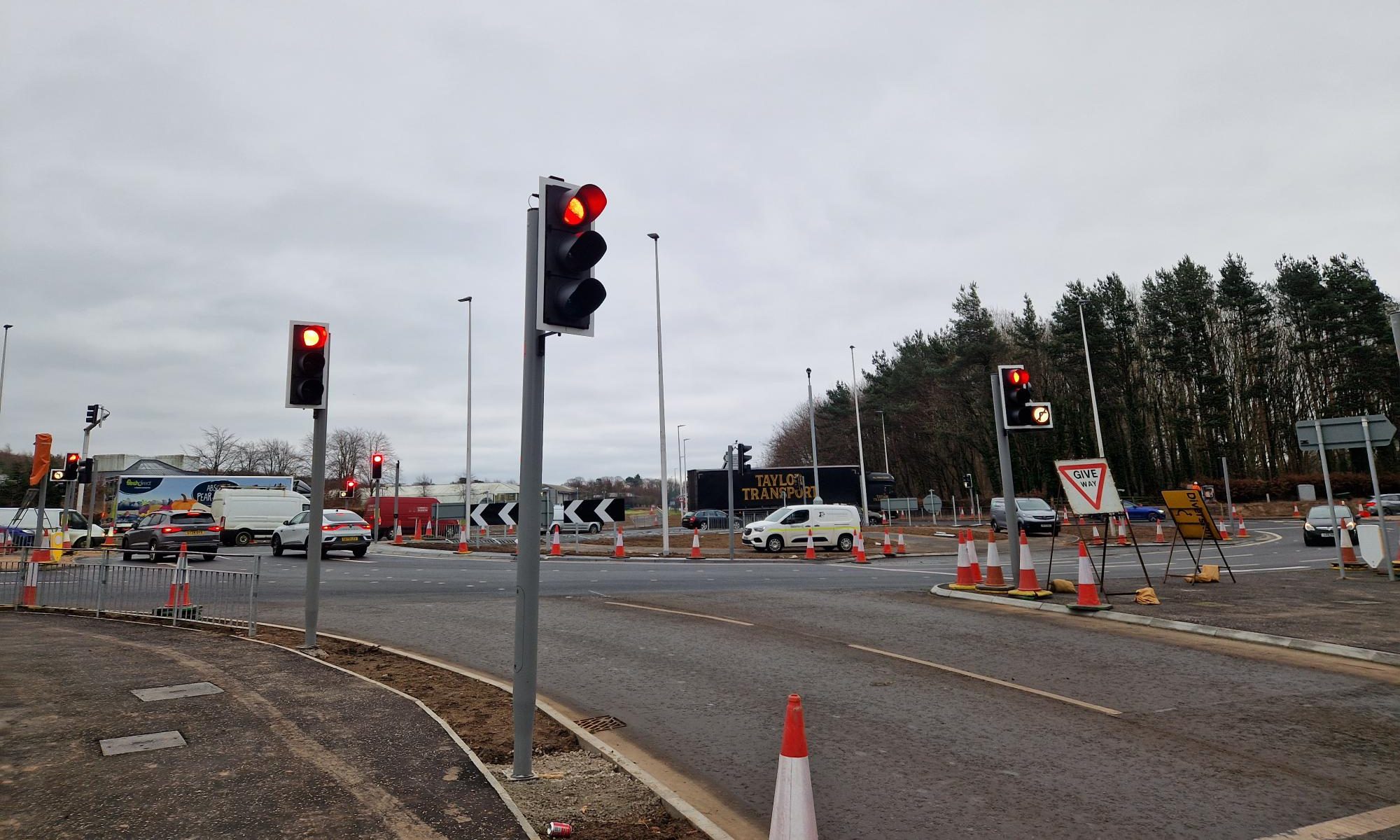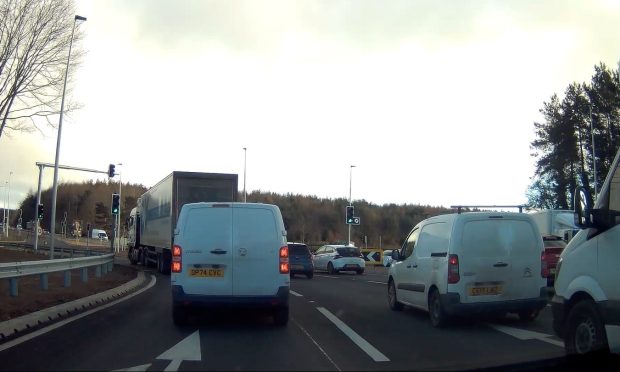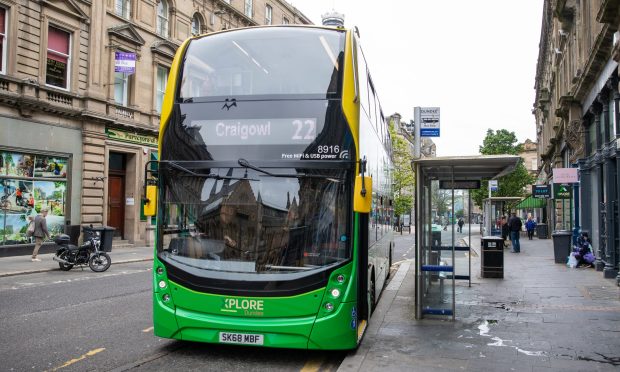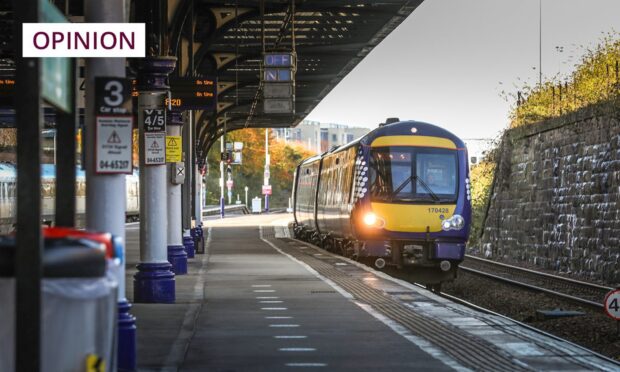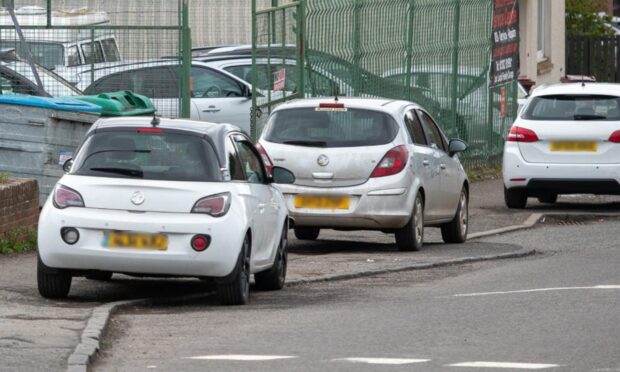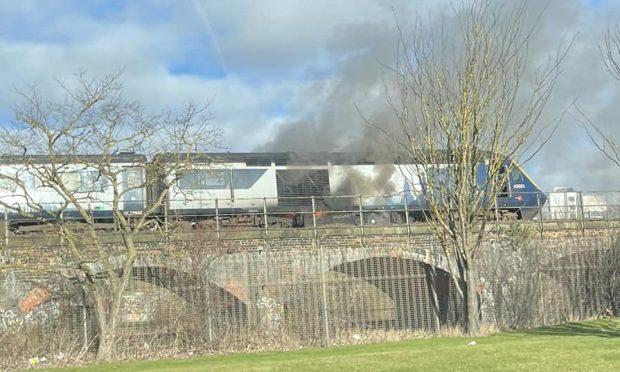More than 3,000 “selfish” motorists have been caught speeding through roadworks on the A9.
The section of Scotland’s most dangerous road at Bankfoot is currently under construction as part of the Scottish Government’s A9 dualling project and the speed limit has been reduced from 60mph to 40mph.
Ninety five percent of offenders were caught by average speed cameras driving at between 40pmh and 60mph in the six months from May 20, but four drivers were caught driving at between 81 and 100mph.
The figures, released under freedom of information legislation, showed at least 57% of offenders were male, though the sex of 800 offenders was not recorded. The majority of offences – 2,725 – took place between the hours of 8pm and 7am.
The figures have alarmed road safety experts, who say speed limits are essential to preventing fatalities.
A spokesman for road safety charity Brake said: “Temporary speed limits around roadworks are put in place to keep those carrying out the works safe, so it is of great concern to see so many drivers caught speeding through them.
“Breaking the speed limit by any amount can have devastating consequences, and drivers who selfishly ignore speed limits put not only themselves, but other road users, at serious risk.
“Speed limits exist to help save lives and it is extremely important that all drivers recognise this and stay well within them.”
Local MSP Murdo Fraser, who previously launched the Dual the A9 campaign, said he was “truly shocked” by the figures.
He said: “To have more than 3,000 motorists caught speeding through roadworks on the A9 in the space of just six months is very alarming.
“There have been far too many fatalities and deaths on this road – speed limits are there for a reason.”
Arron Duncan, area manager for the North Safety Camera Unit of Police Scotland, said “99%” of motorists through the A9 roadworks stuck to the speed limit.
He said: “The restrictions that are in place 24hrs a day at this location on the A9, monitored by the average speed camera system, are to ensure the safety all road users and workers, even when there are no obvious works going on.
“The carriageway lanes are narrowed to facilitate the works and it is necessary to reduce speeds as opposing vehicles are travelling much closer to each other than is normally the case. Any risk from vehicles coming into contact with each other is therefore reduced by travelling at lower speeds.
“In addition there are significant excavations and heavy plant located close to the live carriageways and again the risk and potential harm for vehicle occupants is reduced for any vehicles leaving the carriageway and colliding with such objects.
“I would also like to emphasise that the vast majority of drivers at this location do adhere to the temporary speed limit.”
